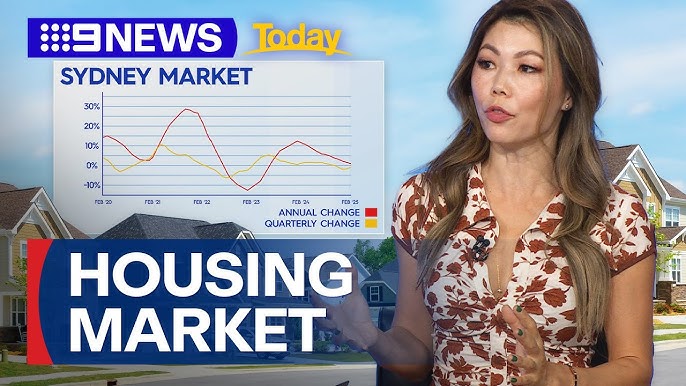PHOTO: NZ housing crisis
Article: Property and Build | PRESS RELEASE
Policies announced by the Government to control the housing crisis have started showing results, but Kalkine Chief Executive Kunal Sawhney says more needs to be done.
Real Estate Institute of New Zealand (REINZ) data saw house sales in April drop compared to March while the total number of properties sold declined by 28%.
Prices also showed signs of easing with the national median selling price down by 1.8% as compared to March at $810,000. However, prices varied between one region and the other, with some regions experiencing an increase.
Are these early signs that investors’ interest is falling away and making way for first home buyers? Not necessarily.
Even though April data shows a drop in sales compared to March, they were still the highest for April in the last five years. March is typically the busiest time for buying a house and after the winter starts setting in the sales drop.
According to analysts, it’s too early to say anything. They say there should be a wait-and-watch approach to see whether the early signs of LVRs and tax changes are having an impact on the housing market.
“There is no silver bullet to housing crisis,” Prime Minister Jacinda Ardern says. The crisis will take some time to turn around completely.
The Government has been alarmed and taken several steps to curb the rising house prices on both the demand and supply sides. Prime Minister Jacinda Ardern says the last thing New Zealand’s economy and homeowners need is a dangerous housing bubble, but several indicators point towards that risk.
Even the Treasury in its Economic Outlook in the Budget 2021 mentioned the impact of the housing crisis and forecast that the annual house prices will fall to 0.9% by June 2022 quarter.
Finance Minister Grant Robertson expressed concern in his Budget speech that the Government was under pressure to arrest the “runaway housing market.”
On the supply side, the Government announced a new NZ$3.8 billion fund to accelerate both the pace as well as the number of houses to be built. The demand-supply gap is very big – as of March, demand was at 26% while supply fell by 9%.
The Government’s steps to bridge supply and demand have started paying off. New Zealand recently saw the most houses approved in history. Stats NZ reported in early May that 41,028 new homes were consented in the year to March 2021, overshadowing February 1974’s previous record of 40,225.
What more can be done?
On the supply side, while the new $3.8 Billion Housing Acceleration fund will help address short to medium-term housing, in the long-term it needs to be integrated with other sequenced projects, as well.
Secondly, Housing Minister Megan Woods says the package of measures will help the first home buyers into the market and boost activity, however the Home-Start grant needs to be updated and made suitable for first-time owners. As the prices rose, fewer and fewer first home buyers could afford them. The Government needs to make it more affordable and within the range of first home buyers.
To discourage investors, more steps might be on the way from the Reserve Bank. One step that has already proved significant was the removal of interest deductibility. Not only has this discouraged investors from buying new properties, it has also propelled the existing ones to sell.
For a bigger impact, the Reserve Bank may announce a slew of new measures.
Kunal Sawhney is Chief Executive, Kalkine.















